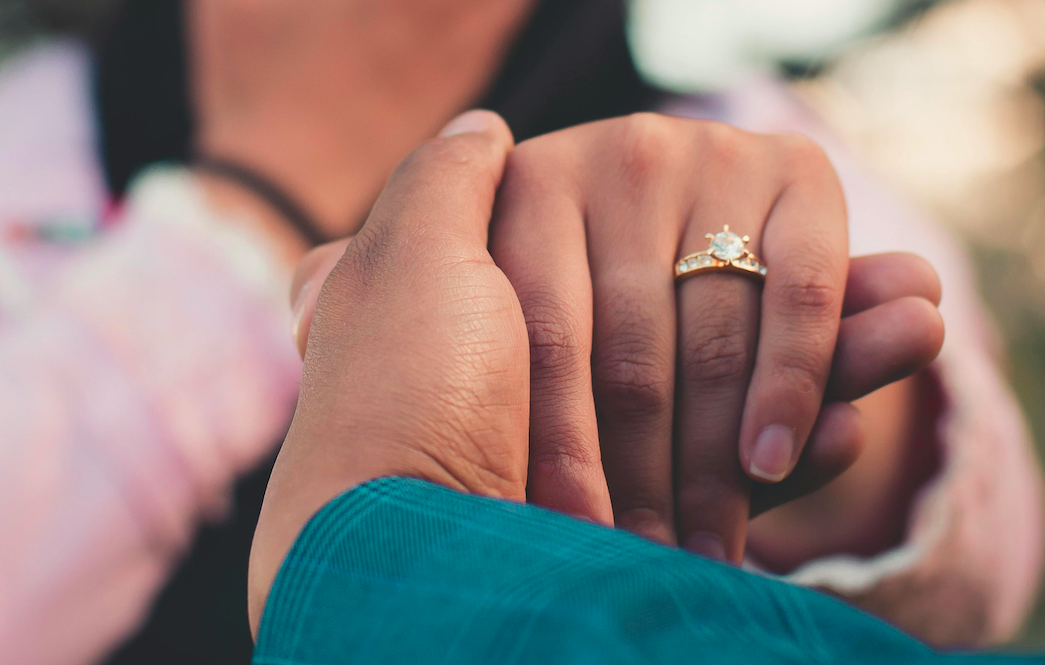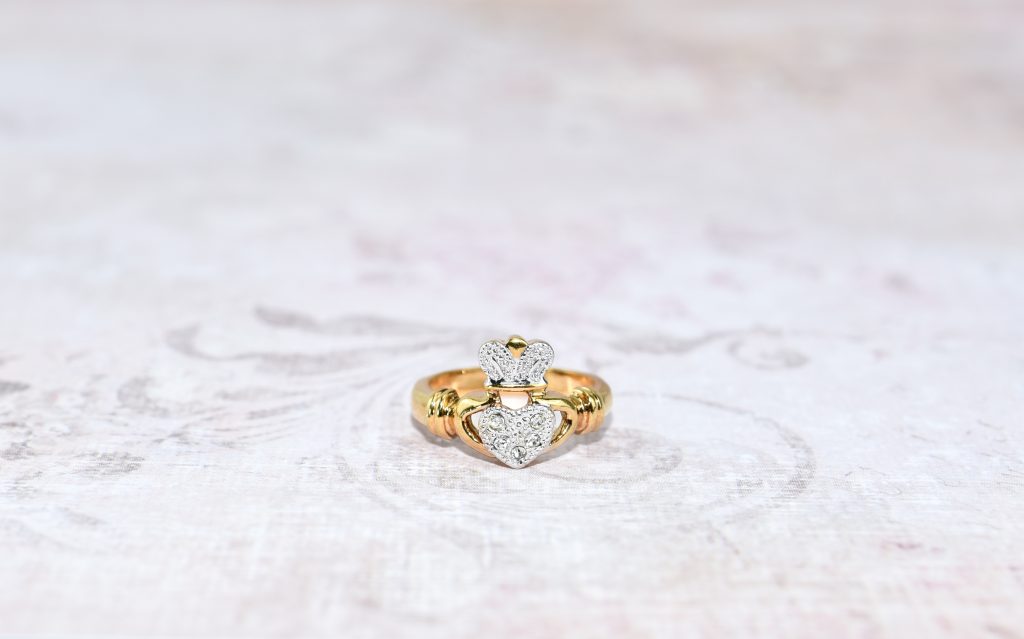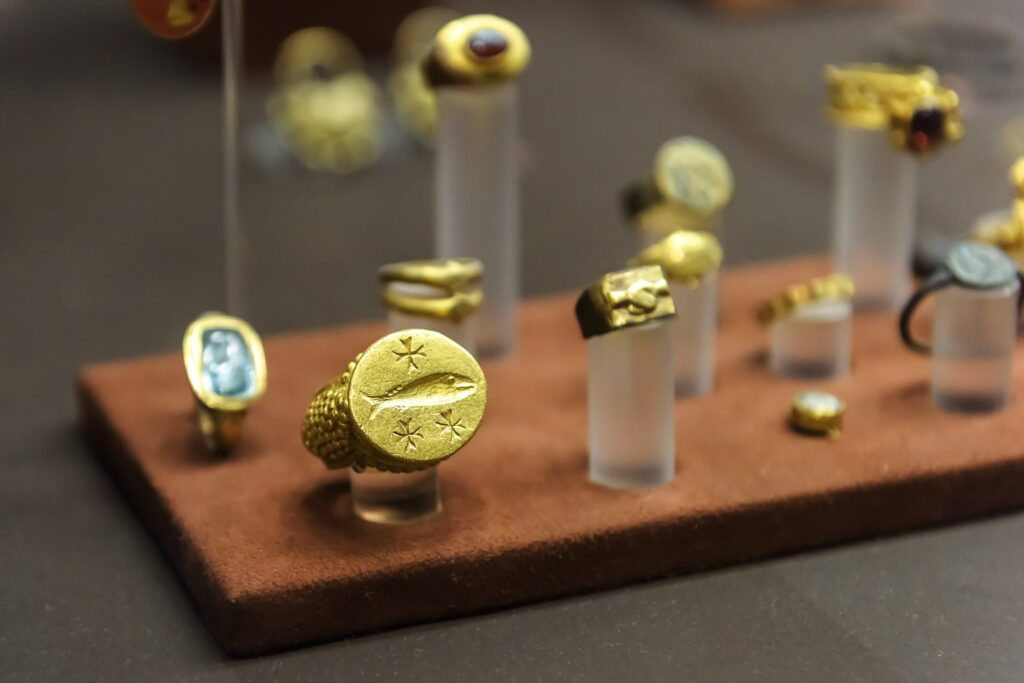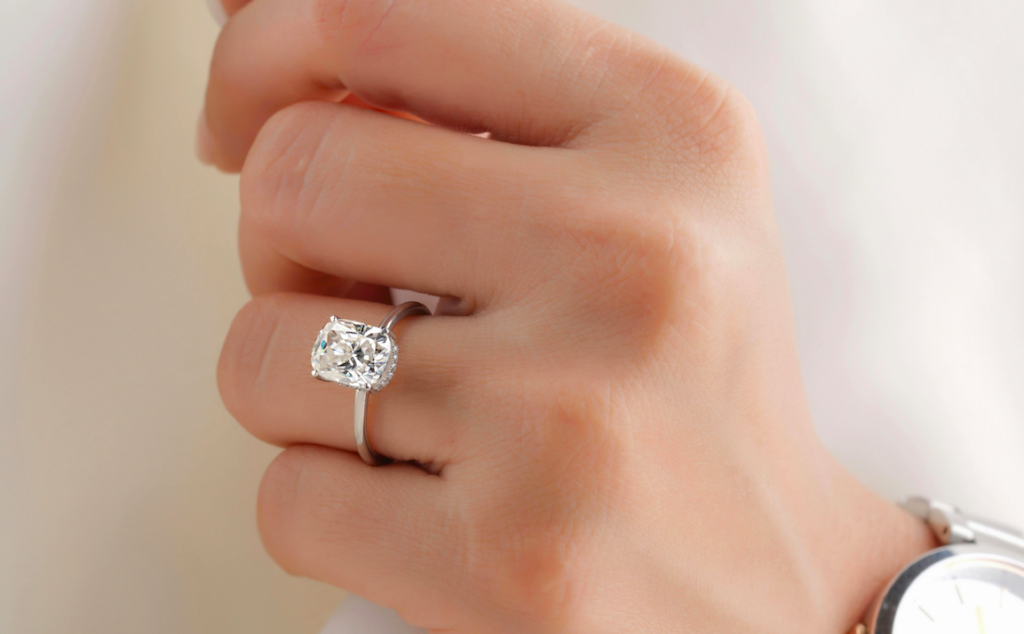
What is the symbol of everlasting love in a marriage? For almost everyone all over the world, the answer to that question is a wedding ring. Wedding rings have been present on lovers’ wedding days much longer than you can even imagine.
Ancient Origins: The First Love Rings
The very first traces of a ring as a symbol of love are found in ancient Egypt 4000 BC. The rings were made out of leather, reeds and some more eccentric materials like bones! A ring (circle) has no beginning or end, which has been and continues to be a symbol of a never-ending coupling.
Roman Influence: The Vein of Love and Iron Rings
Other civilisations were inspired by this custom later on and kept the tradition, adding their own twist. For example the Romans kept the fourth finger of the left hand practice, believing that there was a vein in that finger that connected directly to the heart which they called The Vein of Love. This tradition has spread and continued to live to this day almost throughout all countries.
The Romans started making iron rings because they were more durable than previous materials such as reeds. They also started engraving on the rings. One of the most popular were Fede rings, rings that had engravings of two hands wrapped into one another. Other popular rings included signet rings, which had personal signatures carved into stones or gold.

The Church’s Influence: Simple Wedding Bands
After the spread of Christianity, the traditions of wedding rings were carried on but this time the church was not very fond of such luxuries as engraved and expensive wedding rings hence the simple wedding bands that we often see today came into existence.

Renaissance Romance: Gimmel and Posy Rings
During the Renaissance, one of the most romantic rings was born. The Gimmel rings, which were made up of multiple interlocking hoops. When the couple were engaged, they would each wear one of the hoops as a separate ring, and on the day of the marriage, they would reunite the rings, and the bride would wear it as her wedding ring. While Posy rings, which were also very popular at that time, were rings that were engraved with a short poem either on the inside or the outside.
Modern Era: Diamonds and Iconic Styles
Diamond rings became the standard wedding ring after the famous 1948 De Beers campaign, “A diamond is forever” and they became the ultimate symbol of true love. After diamond rings became the norm for wedding rings, what changed throughout the years, was the cut of the diamond.
- 1950s: The most common style was a single diamond in the middle with diamond baguettes on the sides.
- 1953: Jacqueline Kennedy’s emerald-cut engagement ring from John F. Kennedy became a dominating style of engagement rings for years to come.
- 1957: Elizabeth Taylor’s 29.4-carat emerald-cut engagement ring became one of the most famous rings of the era.
- 1982: Princess Diana’s sapphire diamond cluster ring sparked a comeback of coloured stones as engagement rings.
- 1990s: Minimalism took over, and metals like white gold and platinum became very popular. One of the largest trends during these years was the oval solitaire stone on a thin band.

Current Trends: Sustainability and Lab-Grown Diamonds
Nowadays, although diamonds are still the norm for wedding rings, couples have realised, they don’t need to pay an exaggerated amount of money for their everlasting symbol of love.
Moreover, mined diamonds not only pose a threat to the earth, causing deforestation and soil erosion, but they are also associated with significant violence in some parts of the world. As a result, there is a growing preference for lab-grown diamonds, which are chemically identical to mined diamonds but are more affordable and sustainable.

